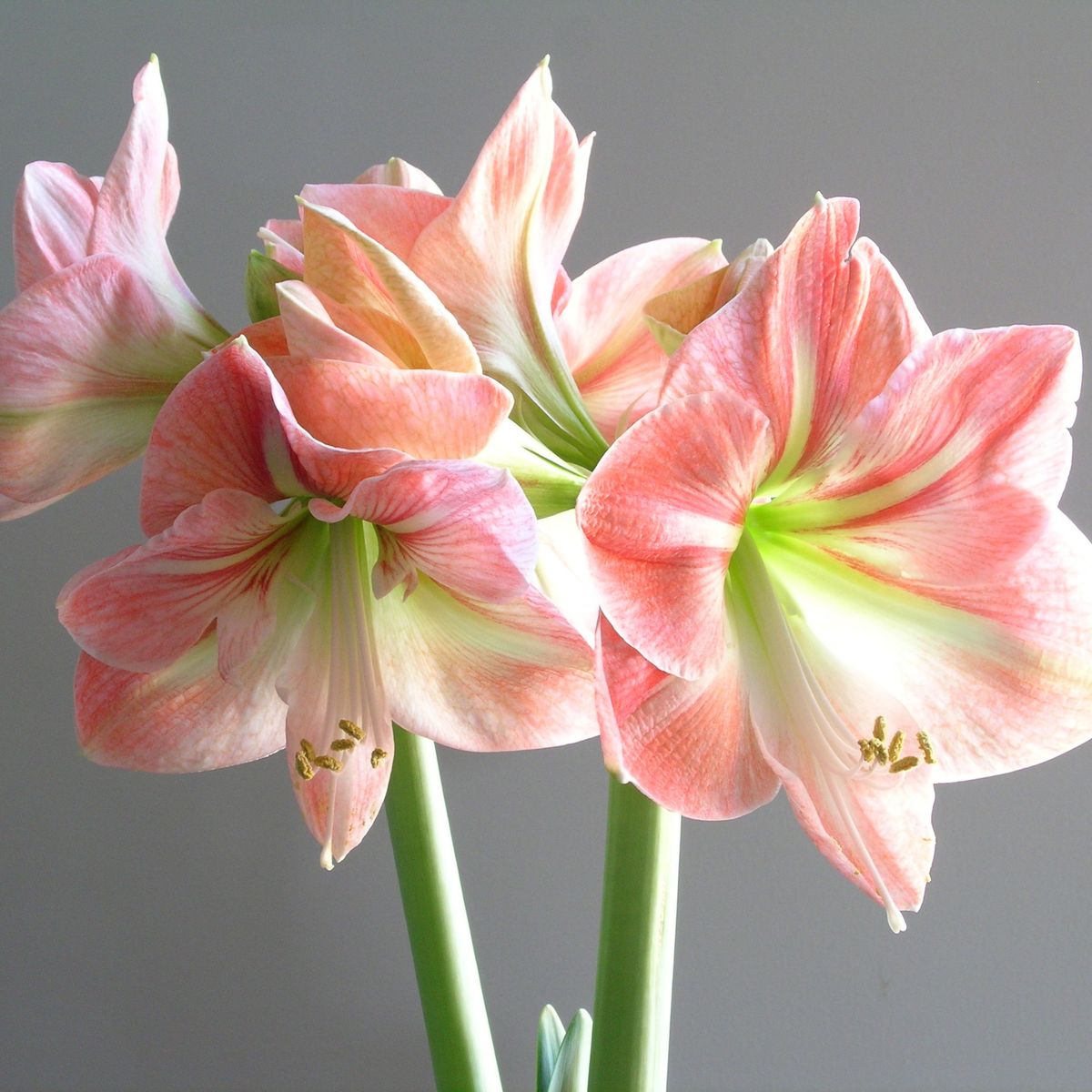For the most part, wild rabbits feed on grasses and weeds, but if they run across marigolds, they will nibble them. Marigolds are entirely edible and non-toxic to humans, and rabbits do enjoy some of them. They are especially fond of the leaves.
Rabbits with plenty of grass and leaves to eat probably won’t do much damage to marigolds. If they are hungry, they will eat the entire plant, leaves, stems, and flowers right down to the ground.
Are There Marigolds That Rabbits Dislike?
The types of marigolds rabbits tend to eat are Calendula marigolds. Some other types of marigolds are very strongly scented or even toxic to rabbits. They will avoid these types.
These are the Tagetes species, which include:
- Mexican Marigolds
- French Marigolds
- Marsh Marigolds
These varieties are strongly scented and strong tasting and will cause rabbits to experience gastric distress. For this reason, rabbits tend to avoid them.
Will Rabbits Always Leave Tagetes Marigolds Alone?
For the most part, if a rabbit samples one of these plants, the animal will likely find the plant unpalatable and will not eat much. If a stomach ache follows this negative experience, the rabbit is unlikely to return.
Even so, there are different sorts of rabbits in different places with different access to different types of forage. For this reason, your experience with rabbits and marigolds in your part of the world may be very different from that of other gardeners.
How Can You Tell If Rabbits Are Eating Your Marigolds?
If your marigolds are being nibbled, the culprit may not be rabbits. Look for these signs to determine whether or not rabbits are eating your marigolds:
- The damage is being done at dawn or dusk or both. Rabbits stay in their burrows at night and mostly hide out in brushy areas during the day. They like to forage for food when there is enough light to see but not so much as to make them obvious to predators.
- Whole leaves and flowers are clipped neatly away at the base of the stem. When rabbits eat leaves and flowers, they do not take individual bites and leave parts of the leaves or flowers. Instead, they clip off the whole desired item neatly and then eat it.
- Damage is done to individual plants. A rabbit will eat as much as possible from one plant before moving on to the next. If the rabbit satisfies its hunger, it will simply stop eating and move on. If a few plants have had many leaves and flowers trimmed off, but others are left untouched, your culprit is probably a rabbit.
- Damage is done to the lower parts of larger plants. Rabbits eat the greenery they can reach and suspect deer if the tops of tall plants are neatly nipped away.
- You find small, round droppings around the eaten plants. Droppings near the plant indicate a rabbit (or other small grazers). Deer droppings would be a bit larger and farther from the base of the nibbled plants simply because deer are much larger than rabbits.
- You see rabbit tracks in the soft earth. If your soil is soft enough, rabbits will leave very distinctive tracks. You’ll see four tracks close together, consisting of two smaller paw prints (front feet) and two larger, oblong paw prints (back feet).
What Else Eats Marigolds?
If you don’t see any of these signs, you are dealing with a different culprit.
Possibilities include:
- Slugs and Snails
- Caterpillars
- Pest Insects
- Deer
Birds may eat marigold seeds if left on the plant and allowed to mature.
If you have ruled out rabbits, take some time to identify the creature damaging your marigolds and take appropriate measures to deal with it.
You may still want to take some steps to protect your marigolds against rabbits, but if the damage is being done by something else, rabbit deterrents are unlikely to be helpful.
How Can You Protect Your Marigolds From Rabbits?
Fencing can keep rabbits out of your yard altogether, as long as the openings are close-spaced and the base is buried. In addition, materials such as hardware cloth and chicken wire are fine enough mesh to keep rabbits out.
You can add panels of these materials to the bottom part of a larger fence to prevent rabbits from getting in. The hardware cloth or chicken wire sections should be about four feet high and should be buried about 6” inches.
What If Fencing Isn’t Possible?
If you don’t want to (or can’t) put up fencing, you can take steps to make your yard unattractive to rabbits.
They generally do not like bright lights, loud sounds, and unexpected events, so you might try:
- Using taste or scent deterrents, such as blood meal, rotten eggs, scented soap, garlic, or human hair
- Setting up decoy owls designed to scare rabbits
- Installing a motion-activated sprinkler system
- Installing motion-activated lights
- Keeping a watchdog
Using any or all of these methods should help make your yard unpleasant for rabbits.
You could also leave a wild patch outside your protected garden where rabbits can eat undisturbed. They are less likely to venture into your domain if they are getting enough to eat elsewhere.
If Rabbits Eat My Marigolds, Will They Grow Back?
Whether or not your marigolds grow back after rabbit foraging depends a great deal on how much was eaten.
If rabbits just eat the lower leaves and some flowers off a large plant, it should recover nicely. However, if hungry rabbits graze your plants to the ground, they will probably not grow back.
Luckily, even though marigolds are edible for rabbits, they are not favored. For this reason, rabbit damage to marigolds is not highly likely.
Follow the tips presented here to prevent all damage to your marigolds effectively.













